Despite many odds, recordings of the ancestral Songs of the Kwakwaka’wakw were created and survived. In January 2023 at Vancouver's Bill Reid Gallery, Ligwiłda'xw Kwakwaka’wakw multidisciplinary artist Sonny Assu gave a virtual artist talk about the chance rediscovery of this music, featuring his great-grandfather chief Billy Assu, and how a deepening knowledge of his heritage has influenced and featured in his practice and art work.
Cheryl ‘Ka’kaso’las Wadhams was the indigenous Guest Curator, and the exhibition was co-developed by the Jewish Museum & Archives of BC, and the Bill Reid Gallery of Northwest Coast Art.
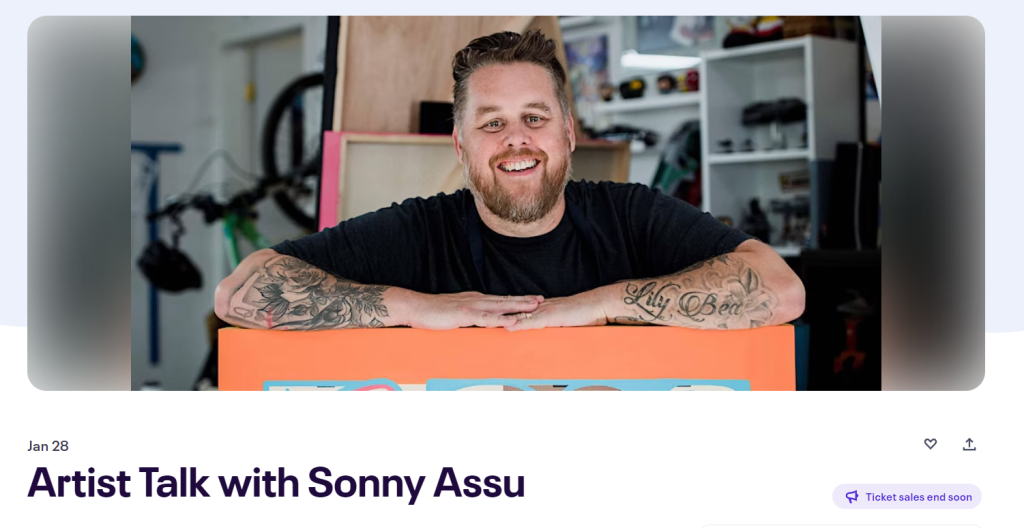
"We dance to celebrate life, to show we are grateful for all our treasures. We must dance to show our history, since our history is always passed on in songs and dances. It is very important to tell the stories in exactly the same way. We put our stories into songs and into dances so they will not change. They will be told the same way every time. We use theatre and impressive masks to tell our ancestor’s adventures so the people witnessing the dance will remember it."
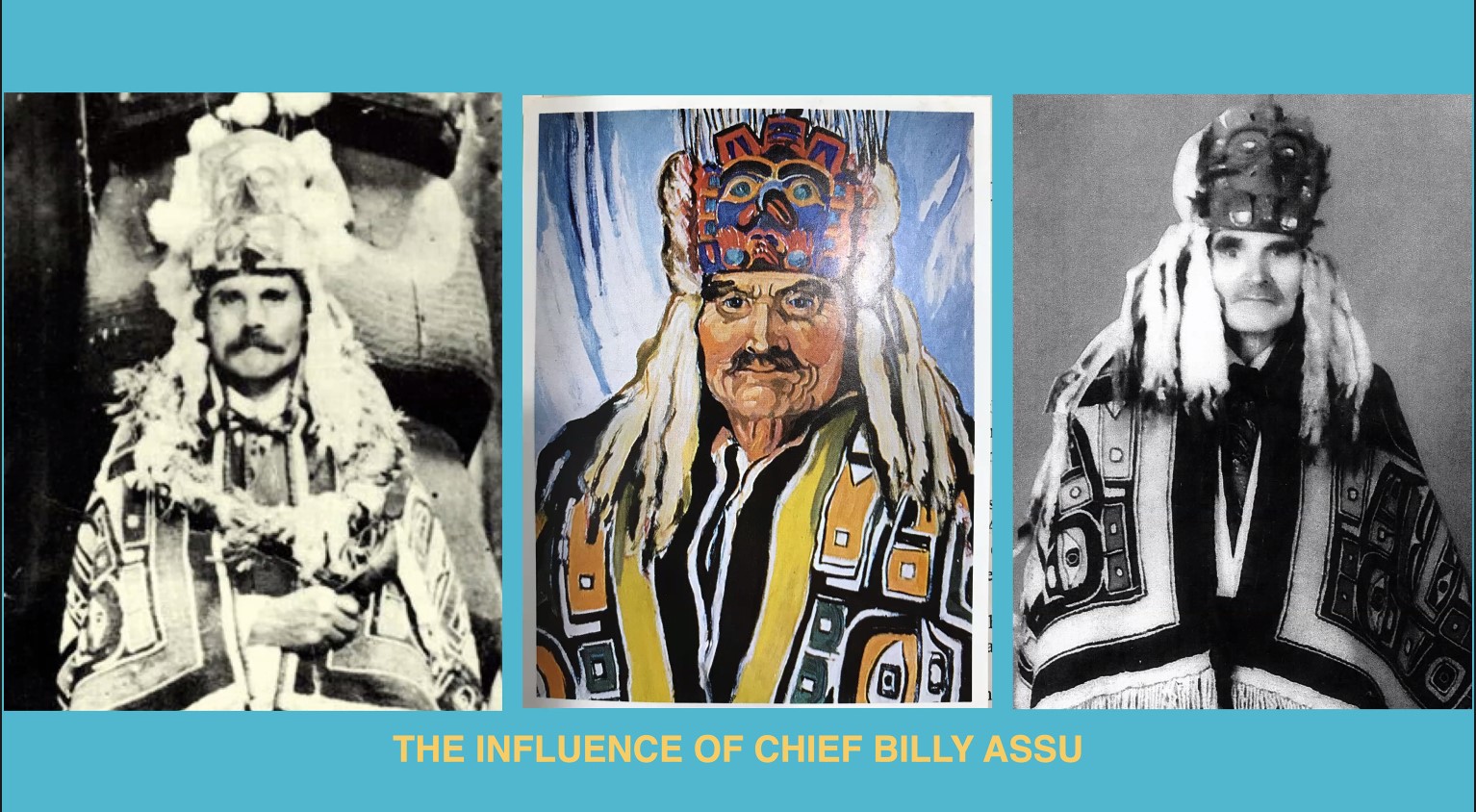
For Kwakwaka’wakw peoples, songs are an essential part of cultural knowledge and ceremonial life, part of the rights and privileges of Chiefs that strengthen identity and lineage. The Big House is a place of belonging where songs, language, drumming, and dancing come together, and where the next generation is continuing these traditions. [Bill Reid Gallery]
The Potlatch traditions, its songs and story telling, were outlawed for 67 years in Canada, from 1885 to 1951. If a potlatch in progress was discovered, artifacts and regalia were confiscated and frequently sold to museums and collectors. The number '67' (for the number of years of the potlatch ban) and '136' (for the number of year of the Indian Act) reoccur in Sonny Assu's art.
Sonny Assu: "I just want people around the world to understand that there are ongoing issues in Canada — problems that need to be rectified and understood — issues that challenge what it is to be a “Canadian” and how we, as Canadians, will be viewed on the world stage. When I’ve approached my work from that place of humour and cheekiness, it’s been done as a way to welcome people into the conversation around colonialism, and have them understand that Indigenous issues are ongoing" .

As part of the exhibition, we had an opportunity to listen to a virtual 'Artist Talk' by Sonny Assu to learn more about how this story has informed his art.
The Bill Reid Gallery exhibition "Keeping the Song Alive' tells the story starts of a collaboration between hereditary Chief Billy Assu (Sonny Assu's great-grandfather, 1867 - 1965) , Chief Mungo Martin (1879 - 1962) and ethnomusicologist Dr. Ida Halpern (1910 - 1987 ) to record the ceremonial music of the Pesa (potlatch) despite being outlawed. [Bill Reid Gallery].
It is said that once Billy Assu realized that his music would die with him, he offered her "one hundred songs." After Halpern had recorded over 80 of Assu's folk songs, she was helped by Mungo Martin, also a Kwakwaka'wakw, as well as an artist and songwriter. With him she recorded another 124 songs.
"It took six years of intensive contact making before I was successful in convincing the Indians that they should sing for me their old authentic songs," Ida wrote. In many cases, these folk songs were very personal, and in some cases so sacred that they were not to be heard by the uninitiated, and as a result, the First Nations were not willing to "give" their songs to just anyone.
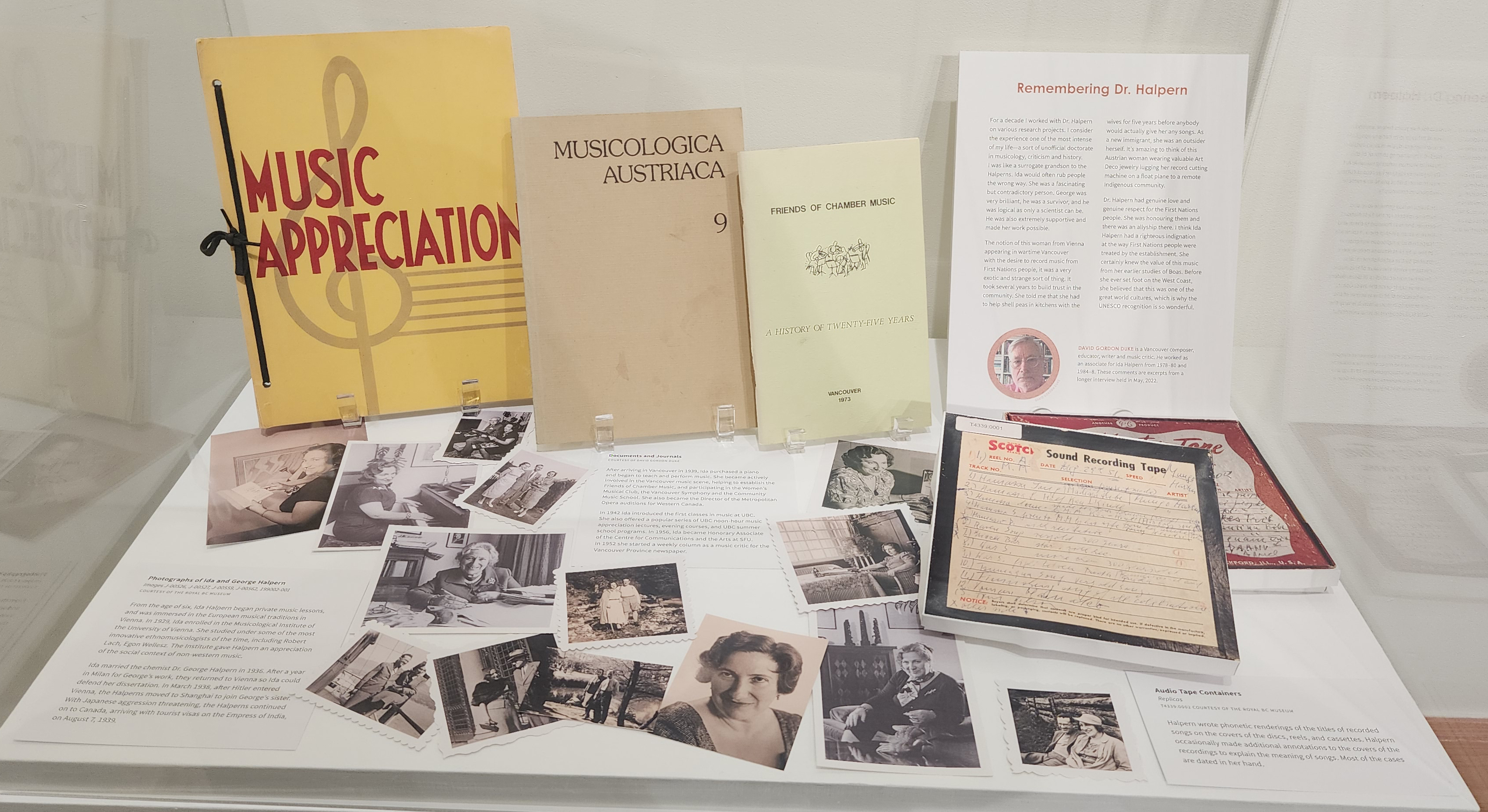
In her years working with different groups (mostly the Kwakwaka'wakw [sometimes called Kwakiutl] and Nuuchahnulth [previously called Nootka]), Ida collected upwards of 300 folk songs, many of which were made available on LPs from the Folkways Ethnic Library. Eight records in total were released, available in sets of two, released in 1967, 1974, 1981, and finally 1986. [Wikipedia] [2]
Sonny Assu describes how he learned about this part of his family's history:
"I got acquainted with my great great grandfather actually through Dr Ida Halpern's recordings.
My mother was working for our treaty Society - this is probably over 20 years ago - she gets a call from some guy who just happened to Google " Kwakwaka’wakw" and it came up as the place to call. He said that he found these old vinyl records from somebody with the last name Assu in a "Free" or trash bin. Turns out that they were the recordings from Dr Ida Halpern.
I think it's what really helped introduce me to my great grandfather and it really helped solidify the political conversations I have within my work"

What I found interesting is that he [Chief Billy Assu] willingly went into these recording sessions to preserve the language and it's interesting because at this time preserving actually singing these songs and practicing these songs um was forbidden under the Potlatch band in Canada."
Sonny Assu's art plays on the visual similarities of the records (LPs), the prohibited performances and recordings of Song, and copper, the expression of wealth, mixing references to his great-grandfather and pop-culture band and tour names. Stacked circular objects resemble an sound equalizer. I absolutely love the tongue-in-cheek series "Billy and the Chiefs" and its playfulness.
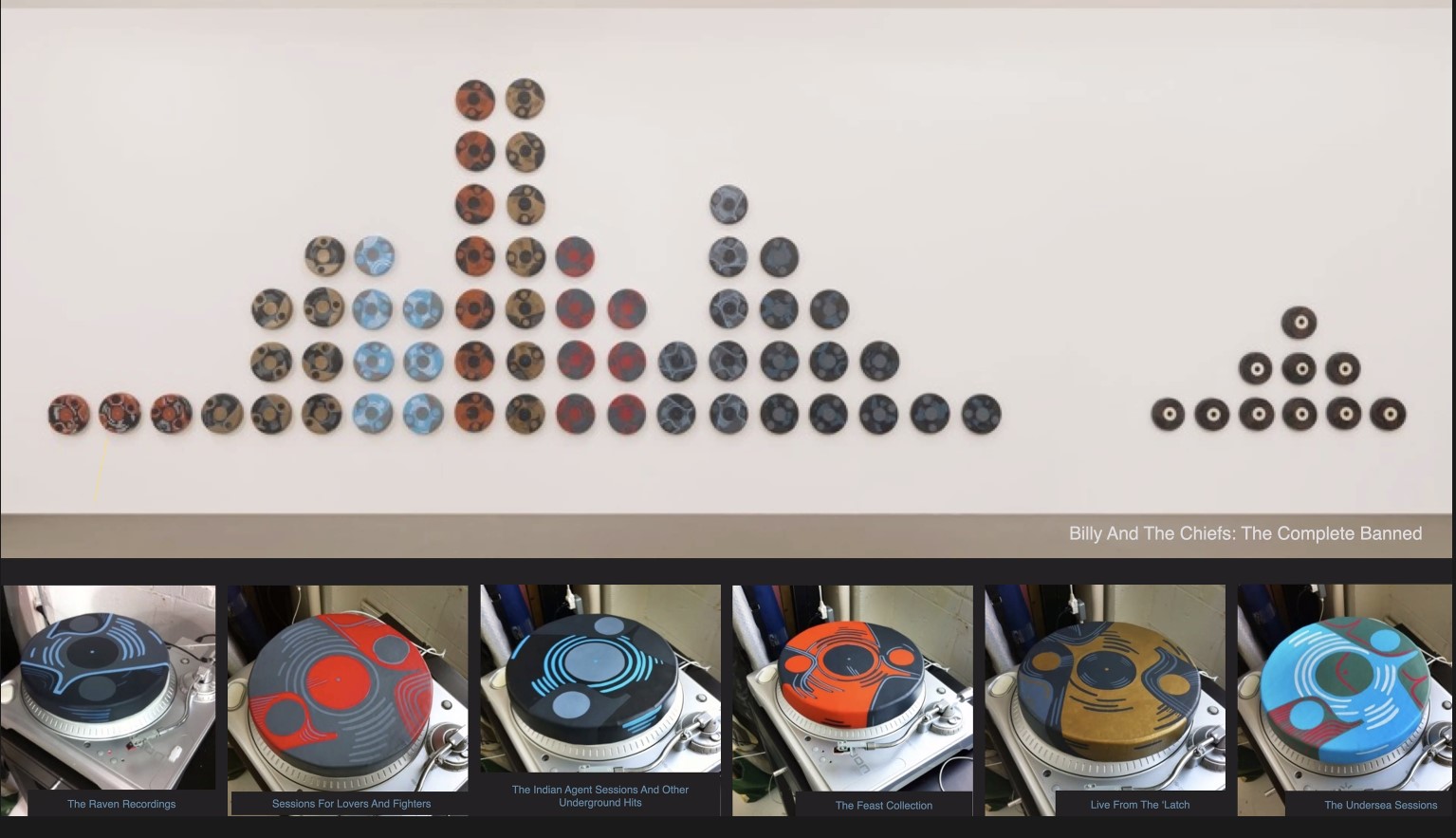
From the artist site: "Billy and the Chiefs: The Complete Banned Collection" is an installation of 67 elk-hide drums, painted with abstracted Kwakwaka’wakw formline and design elements to look like vinyl LPs and EPs in motion. It acts as a conceptual record for the part of the Indian Act, known as the Potlatch Ban. The Indian Act is an oppressive bill of law of that subjugates and oppresses Indigenous people in Canada, and is still a bill of law today." [The Potlatch ban portion was lifted in 1951]
The Indian Act is not a treaty; it is Canada's legal response to the treaties. The act's unilateral nature was imposed on Indigenous peoples after passage by the Canadian government, in contrast to the treaties, which were negotiated. The purpose of the act, as stated by its drafters, was to administer Indian affairs in such a way that Indian people would feel compelled to renounce their Indian status and join Canadian civilization as full members: a process called enfranchisement: systematic cultural assimilation by enforcing European standards and norms. [Wikipedia]

In Sonny's work, the numbers 67 (for the number of years of the potlatch ban) and '136' (for the number of year of the Indian Act) recur frequently. The art is informed by a deep understanding of his heritage, radically remixing Kwakwaka’wakw iconography with western and pop aesthetics.
"To educate, to teach, to make awareness, [with] such wrongs how to make it right is to work together and to heal as one. This is why we potlatch, is about the youth."
[Quote from the opening ceremony]
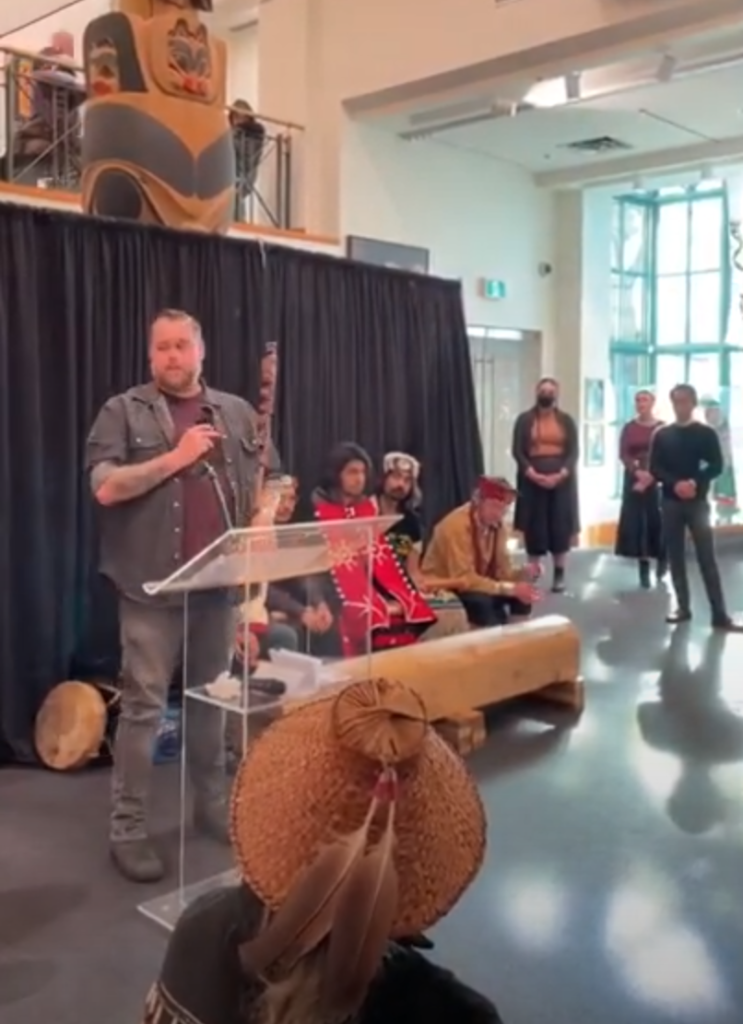
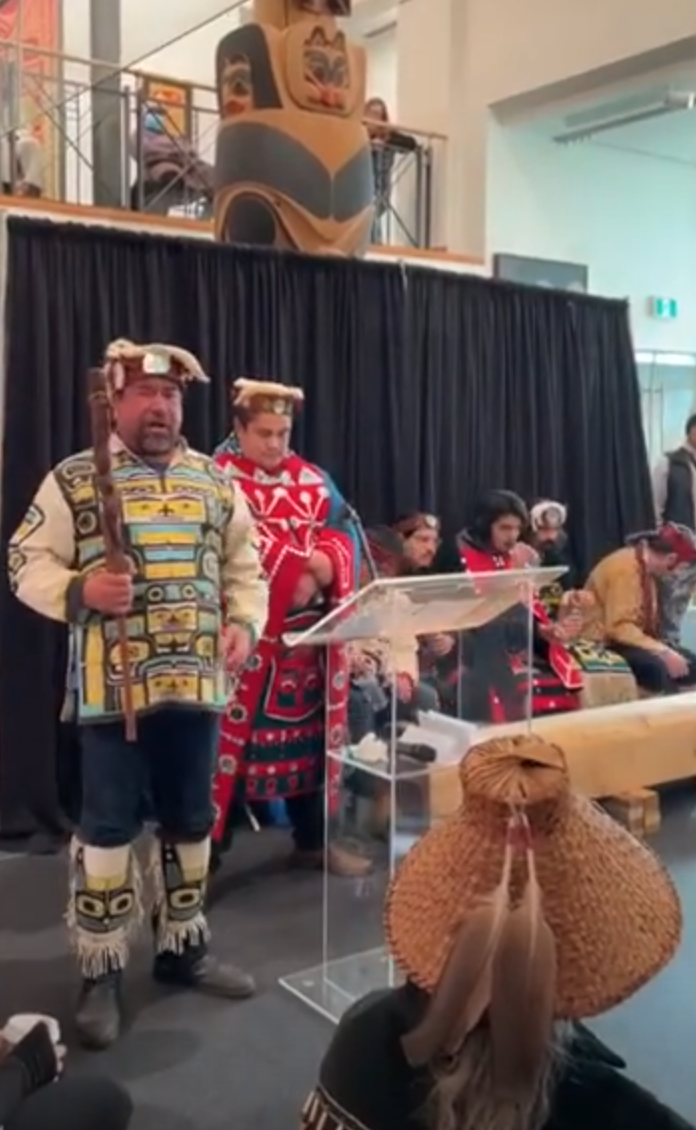
With images from the Bill Reid Gallery site, and screen shots taken during the Artist Talk, as well as my own photographs.
Further reading and references
"Dancing around Alert Bay", Georgia Straight, by Jack Christie, June 1st, 2006
The History of the Potlatch Collection, U'mista Cultural Center
"Looking at Indian Art of the Northwest Coast", Hilary Stewart, Douglas & McIntyre. 1979, purchased at the Bill Reid Gallery
Sonny Assu, a Selective History, Heritage House Publishing, 2018
An interview with Sonny Assu, National Gallery of Canada
Sugar and Grit: Sonny Assu Mixes Cultures
Ready Player Two, Sonnu Assu and Brendan Lee Satish Tang at 'the Reach Gallery Museum'

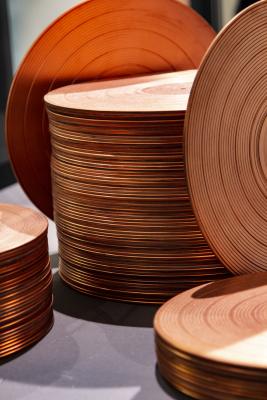
Add new comment